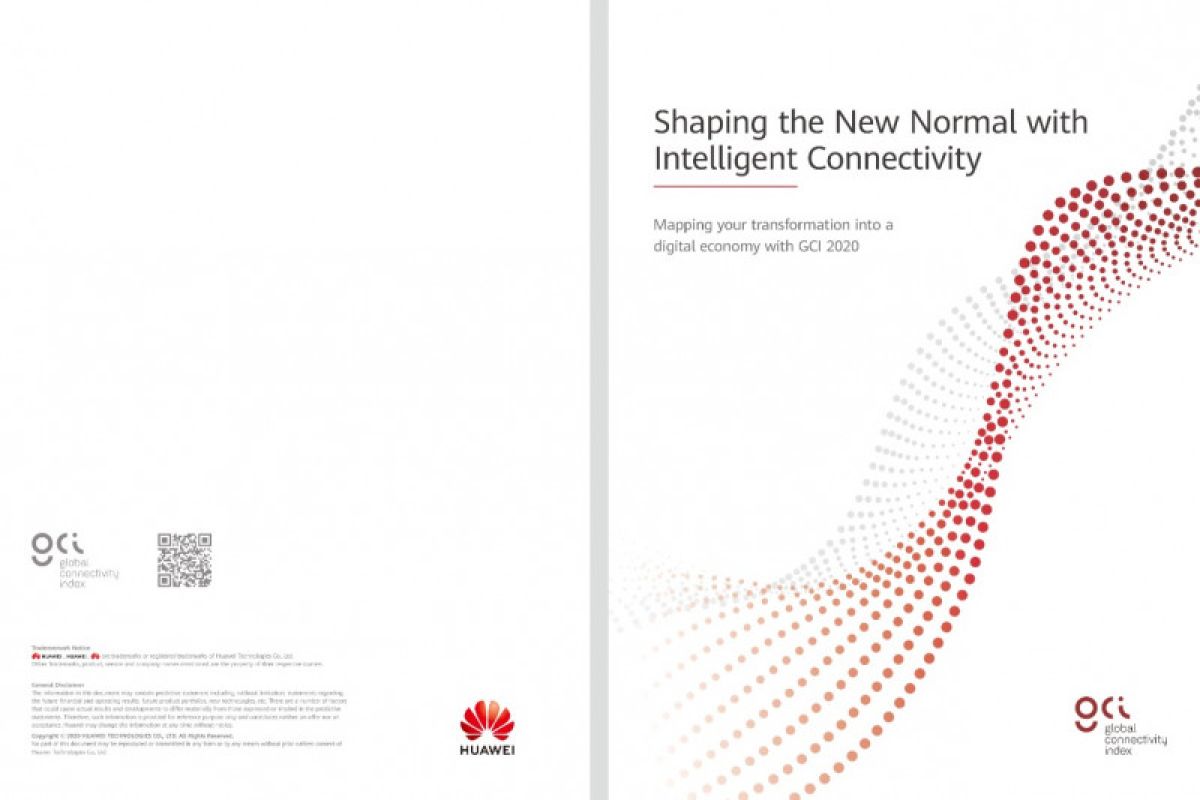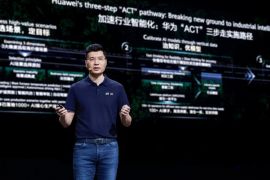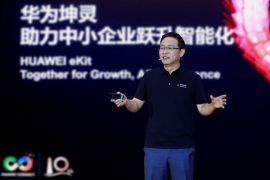A key finding of the GCI 2020 is that the digital transformation of industries will help countries increase productivity, spur economic recovery, and develop future competitiveness. GCI research has suggested that economies which could increase productivity and go digital with intelligent connectivity generally enjoy higher gross value added (GVA) per worker or per hour worked.
Starters are proactively narrowing the gap with leading economies.
This report has analyzed the changes of each country's GCI score since 2015. The average scores of Frontrunner, Adopter, and Starter economies have all increased since 2015, with Starters showing the highest compound annual growth rate (CAGR) followed by Adopters and then Frontrunners. This suggests that Starters are catching up with Adopters and Frontrunners and narrowing the digital gaps.
The 2020 report has also shown that Starters have made significant progress in broadband coverage. Their average mobile broadband penetration went up by more than 2.5 times, their 4G subscriptions went from 1% to 19%, and their mobile broadband became 25% more affordable. These achievements have enabled Starters to offer better comprehensive digital services and embrace new opportunities in economic development. In addition, their e-commerce expenditure has almost doubled since 2014 to over US$2,000 per person. Some Starters were moving up the GCI cluster, increased their GCI scores by up to 17%, and managed to raise GDP to a level that was 22% higher than some peers. Vietnam and Peru have both become Adopter economies in 2020.
Organizations in Frontrunner countries want to maintain IT expenditure
Research shows that the willingness of companies to invest in IT varies depending on where they are based. Organizations in Frontrunner and Adopter nations are prioritizing maintaining their IT budgets over non-IT budgets. They have also cut their IT budgets by 2.5 to 3.5 times less than organizations in other countries on average. Nations with more mature digital infrastructure are better positioned to minimize the economic impact of the pandemic, recover faster, and ensure the continuity of their transformation into higher-order productivity models.
The digital transformation of economic sectors will help economies develop "higher-order" productivity to spur economic recovery and future competitiveness.
Countries need to make ICT investments based on their unique set of existing factor endowments in order to produce a multiplier effect. In general, economies are made up of a combination of different sectors with one or two tending to dominate. The GCI 2020 report suggests that a country's ICT strategy should be built around its accumulated sectoral strengths. Regardless of the industry, more digitalization means more added value.
For the first time in a GCI report, the 2020 release proposed five key stages for the digital transformation of economic sectors:
Stage 1: Task efficiency. Focus is placed on tracking the completion of individual tasks through basic connectivity and more efficient communication.
Stage 2: Function efficiency. Computerized or automated functions enabled by ICT make it possible to handle multiple tasks simultaneously and share information more efficiently.
Stage 3: System efficiency. More focus is put on the digitization of core system functions for efficient operations. Enterprises in this stage will have stronger demand for connectivity and cloud services.
Stage 4: Organizational efficiency and agility. Enterprise processes are digitalized, enterprise applications are migrated to the cloud, and all systems are effectively integrated. In addition, high-coverage networks, wide adoption of cloud-based applications, and AI and IoT deployment contribute to real-time data analysis and insights.
Stage 5: Ecosystem efficiency and resilience. The entire ecosystem is digitalized, able to quickly respond to market changes, and can support the automatic coordination and cross- sector collaboration of stakeholders. Representative technologies such as 5G, IoT, and robotics present new opportunities for the emergence of new business models, working methods, and products throughout the digitization process.
"As ICT permeates industries, digital transformation has become unanimously agreed on among countries and industries," said Zhang Hongxi, Chief Marketing Officer of Huawei's ICT Infrastructure. "For the first time, we extended our research perspective from the dimension of countries to industries. We also suggested digital transformation paths for countries and enterprises in different stages to help them build future-oriented economic resilience."
Based on the GCI 2020 report, Indonesia remained in the group of Starter countries. Scored at 39 points, which is the highest score among the Starters, and by seeing the progress of government programs in promoting digital transformation in all sectors, including the expansion of broadband network quality to rural areas, it has built an optimism to Indonesia that the country will soon enter the group of Adopters.
Mohamad Rosidi, Director of Strategy & Business of Huawei Indonesia confirmed that technologies based on cloud, AI, machine learning, and big data analytics will continue to be developed and made available as solutions for Indonesia's many sectors and industries. "Huawei Indonesia will also continue supporting and being involved in the ongoing efforts to democratize quality telecommunications networks to bring digital transformation to all segments, from enterprise to micro businesses that need affordable and yet effective solutions as they adapt to changes in this digital era."
He added that the technologies developed by Huawei have been meticulously designed in such a manner to become solutions that speed up digital transformation, whether directly or indirectly, in various sectors and segments. He hopes that Huawei's advanced technologies are able to provide multiplier effects starting from enterprise-level adopters and, in turn, impact MSMEs and micro businesses by accelerating their digital transformation themselves.
GCI reports aim to provide policy-makers and economic stakeholders with valuable insights that can help them speed up growth in the digital economy. The 79 countries evaluated by GCI 2020 represent 95% of the world's GDP and 84% of global population.
For more information, please visit: https://www.huawei.com/minisite/gci/en/
About Huawei
Founded in 1987, Huawei is a leading global provider of information and communications technology (ICT) infrastructure and smart devices. We are committed to bringing digital to every person, home and organization for a fully connected, intelligent world. Huawei's end-to- end portfolio of products, solutions and services are both competitive and secure. Through open collaboration with ecosystem partners, we create lasting value for our customers, working to empower people, enrich home life, and inspire innovation in organizations of all shapes and sizes.
At Huawei, innovation puts the customer first. We invest heavily in fundamental research, concentrating on technological breakthroughs that drive the world forward. We have nearly 194,000 employees, and we operate in more than 170 countries and regions, serving more than three billion people around the world. Founded in 1987, Huawei is a private company fully owned by its employees.
For more information, please visit Huawei online at www.huawei.com or follow us on:
https://www.facebook.com/huaweiforindonesia/
https://www.instagram.com/huaweiforindonesia/Reporter: PR Wire
Editor: PR Wire
Copyright © ANTARA 2021












